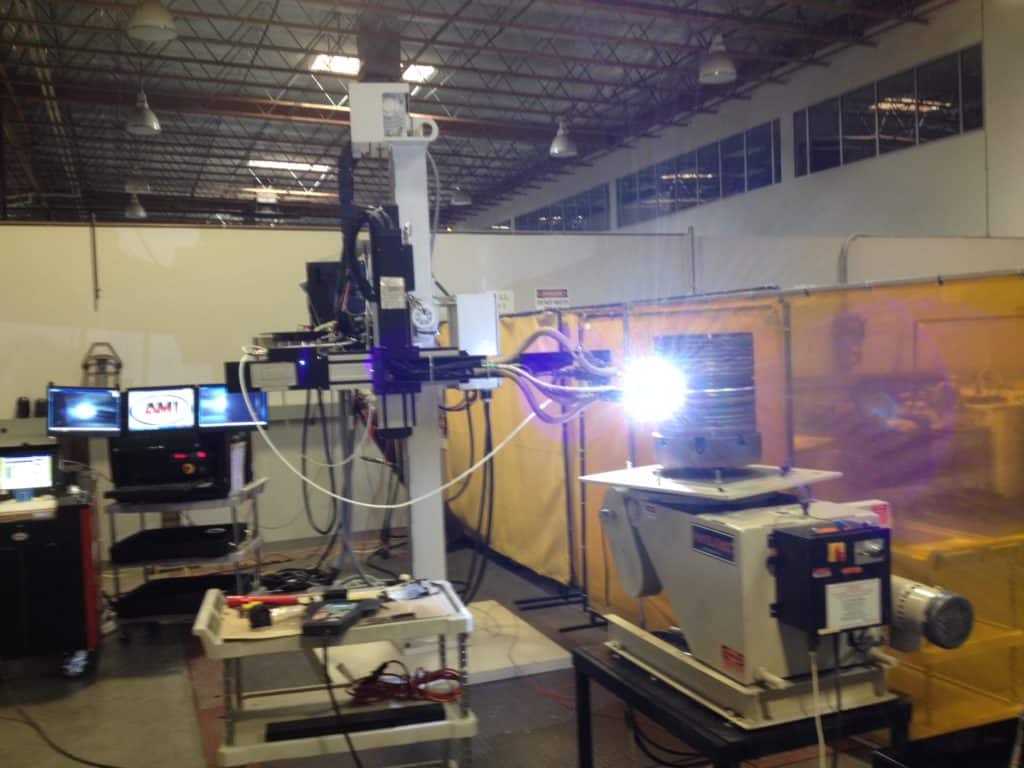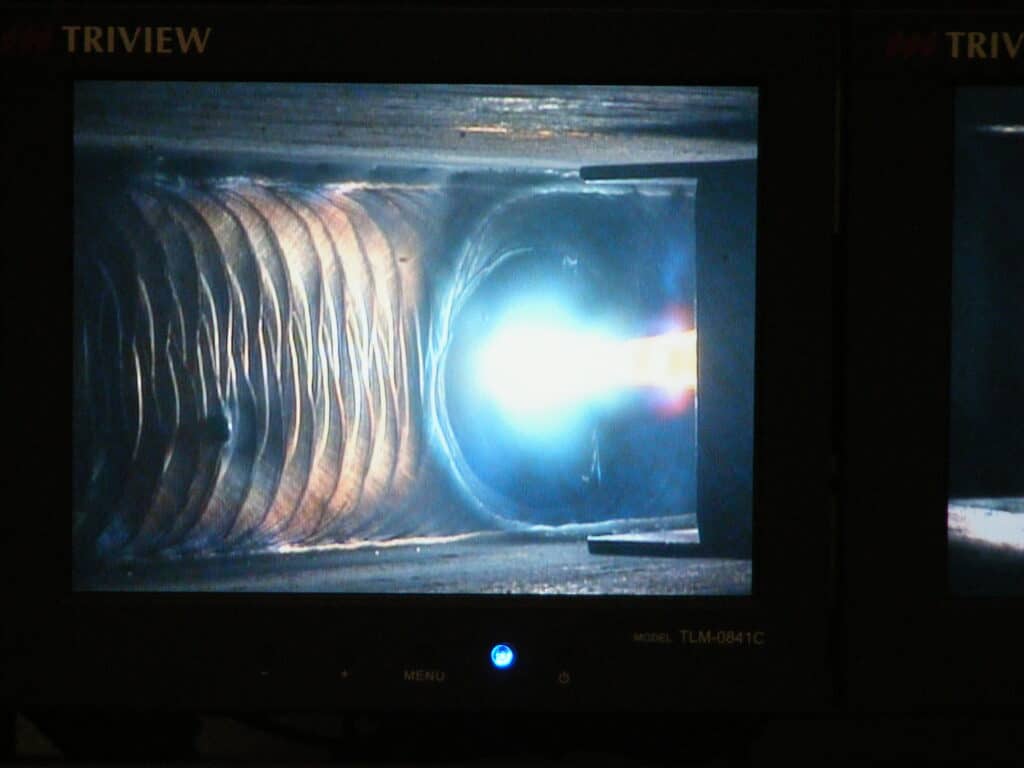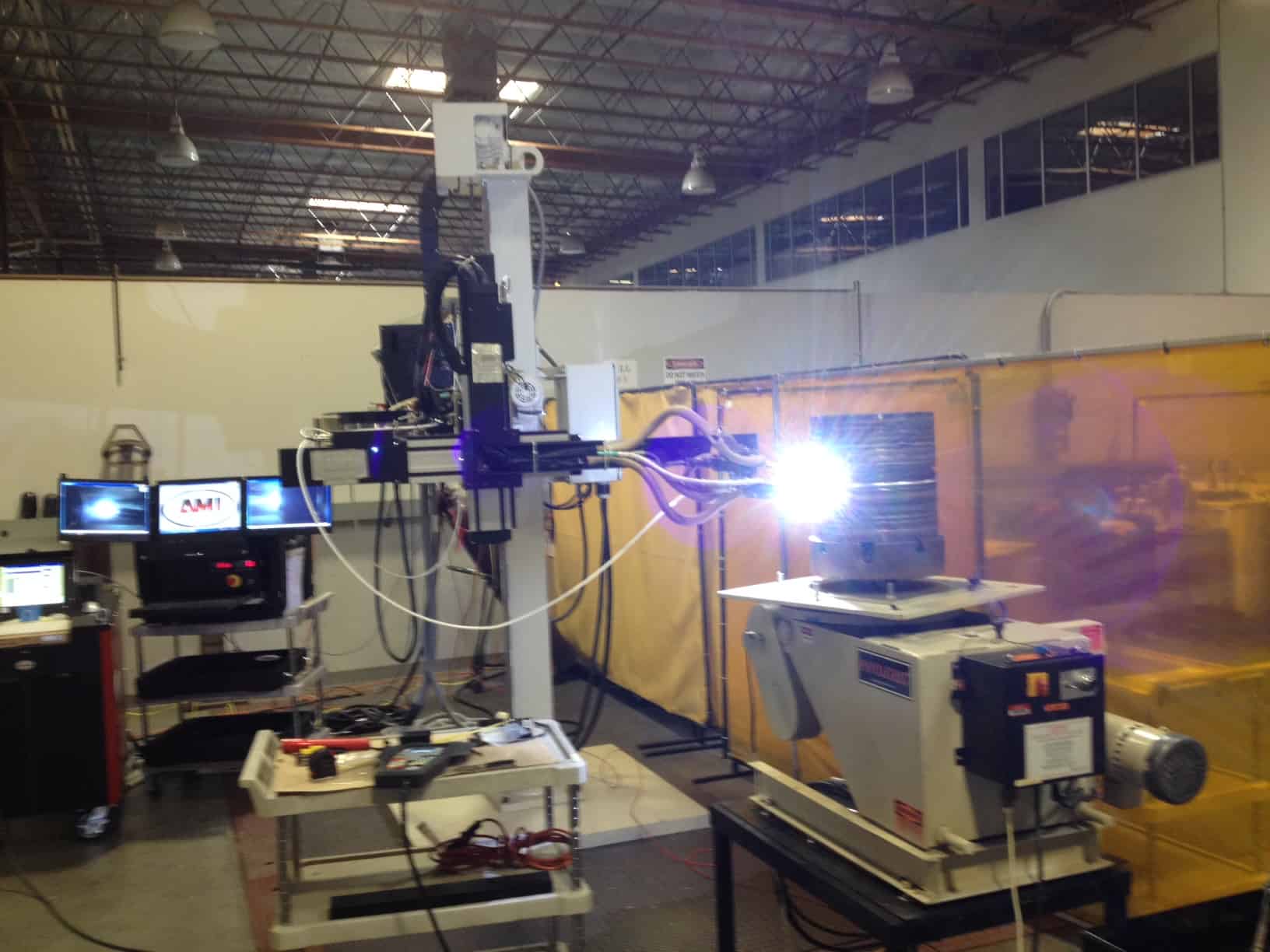
Analytics is a hot topic in every industry these days. Advances in networking have made it possible to capture data of all kinds, such as customer interactions with websites and their buying behavior as well as data concerning workers’ habits and their productivity. This data, in turn, is used to determine ways that sales numbers, worker efficiency, project turnaround, or product quality can be improved. One area where data analytics has notably lagged behind is in the world of large-scale industry and construction.
In part, this is because it’s more difficult to set up a data connection on a construction site than it is in an office. However, this is quickly changing. It is now possible to capture enormous amounts of useful data for industrial applications like welding. Weld data analytics, in turn, has the potential to change the future by making use of this data to improve weld quality and efficiency.
The Advantages of Weld Data Analytics
The use of the internet of things (IoT) in welding allows machines to be connected to a network and to upload and store the data they generate for later use. This data can be accessed by anyone who needs it and compared across projects to determine how welds perform over time.
Weld data analytics offers the following advantages:
- Identification of Bottlenecks: Analysis of data often reveals problem areas in production that would otherwise go unnoticed. When these issues are remedied, weld efficiency should improve as a result, which optimizes the use of time and resources in any project or production line.
- Parameter Verification: Weld quality is usually determined after the weld has been created, using visual and non-destructive testing techniques. Data analytics adds a new tool to the verification process as the exact parameters that were used are recorded and can be checked.
- Parameter Optimization: The ability to compare welding parameters alongside the resulting weld makes it possible to quickly improve welding parameters to better suit welding conditions as needed.
- Improved Throughput: The result of all of the above advantages is a reduced need for rework, improved welding productivity on construction sites, and higher throughput in manufacturing.
The key advantage of weld data analytics is the ability to minimize the possibility of errors. This reduces the time and labor needed to complete a project. It is no minor benefit, as over the course of a project or a year’s production time, even slight improvements in welding efficiency can pay off handsomely. However, weld data analytics may have still greater potential left to be discovered.
The Potential of Analytics in Welding

Welding data capture goes beyond just recording machine settings like amperage. Weld data monitoring can capture video of welds as they are being made. The ability to observe welding and see sidewall fusion alongside the data from the machine makes it a powerful educational tool that can make welders and weld engineers more aware of how materials, the environment, or a combination of both can necessitate parameter change. It can also help them to understand if existing weld parameters need to be changed.
Advanced sensors that scan thermal profiles can detect irregularities deeper in the weldment. Comparing machine settings with feedback from sensors that record temperature characteristics of the seam can offer insights into weld penetration, offset, and holes that may have developed in the weld. Detecting these weld flaws without the need for non-destructive testing is valuable on its own. However, being able to compare a visual of the weld, the machine settings, and thermal data from the weld side-by-side can offer insights into how these flaws are formed in the first place. That information can be used to make improvements in existing weld parameters to prevent the circumstances that led to the defects.
The use of data analytics in welding is still a developing technology. It is likely to dramatically improve the quality and efficiency of welding as data capture methods become more sophisticated and data analytics improve further. Methods of analysis, too, are becoming more sophisticated and able to glean useful insights from welding.
Using AI in Welding Analysis
Artificial intelligence (AI) has been used successfully to analyze many types of data from various industries. AI can sift through huge volumes of data and can easily identify exceptions that occur, such as a particularly long-lasting weld. It can also correlate related data like machine settings, materials, or thermal profiles that resulted in a particularly high-quality weld. In a similar way, it can identify commonalities among unacceptable welds or welds that failed.
None of this would be possible without a large volume of data available for analysis. AI weld analytics can overcome the challenges inherent in organizing and combing through large amounts of data. This has the potential to lead to the development of new welding parameters and techniques that would make high-specification projects like high-purity pipe welding or welding pressure vessels more consistent and repeatable. It is even more likely to do so in largely automatic welding processes.
The Advantages of Data Analytics in Orbital Welding
Welding is famously as much an art as it is a trade, and comparing an electrode to a painter’s brush is surprisingly apt. This means that a great deal of welding relies on the skill, reflexes, and steady hand of the welder. This can limit the applicability of the lessons that come from weld data analytics. A welder can easily change their machine setting, but they may have a more difficult time adjusting their travel speed and pattern exactly as instructed by new welding parameters.
Automated or semi-automated welding, in comparison, more easily benefits from weld data analytics now and in the future. These processes use mechanical weld heads to manage the movement of the electrode and fill material. Weld heads perform within programmed weld parameters and are able to repeat these parameters over and over with very little variation. Combined with weld data analytics, orbital welding and other largely automated systems allow manufacturing and construction to proceed with greater precision. In time, they may lead to the ability to weld metals to standards that aren’t currently possible, in conditions that would be impossible for a manual welder. In the long-term, the combination of weld data analytics and automation is likely to be the future of welding.
Arc Machines, Inc. has been at the cutting edge of welding technology for decades and continues to lead with welding power supplies, weld heads, and remote vision systems built for data capture and weld data analytics. Contact AMI to learn more about training, or contact sales@arcmachines.com to learn more about AMI orbital weld heads and power supplies.





